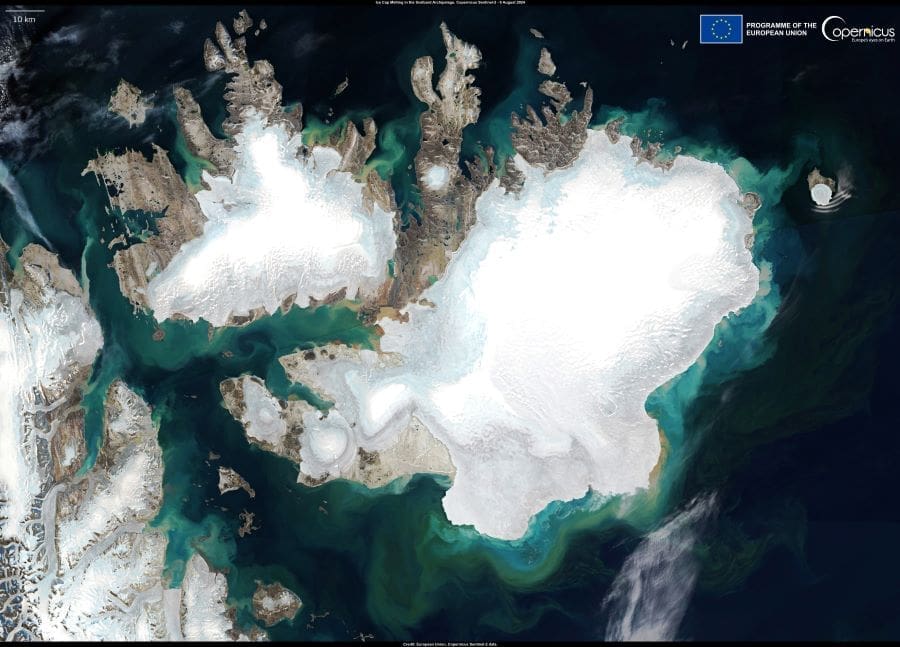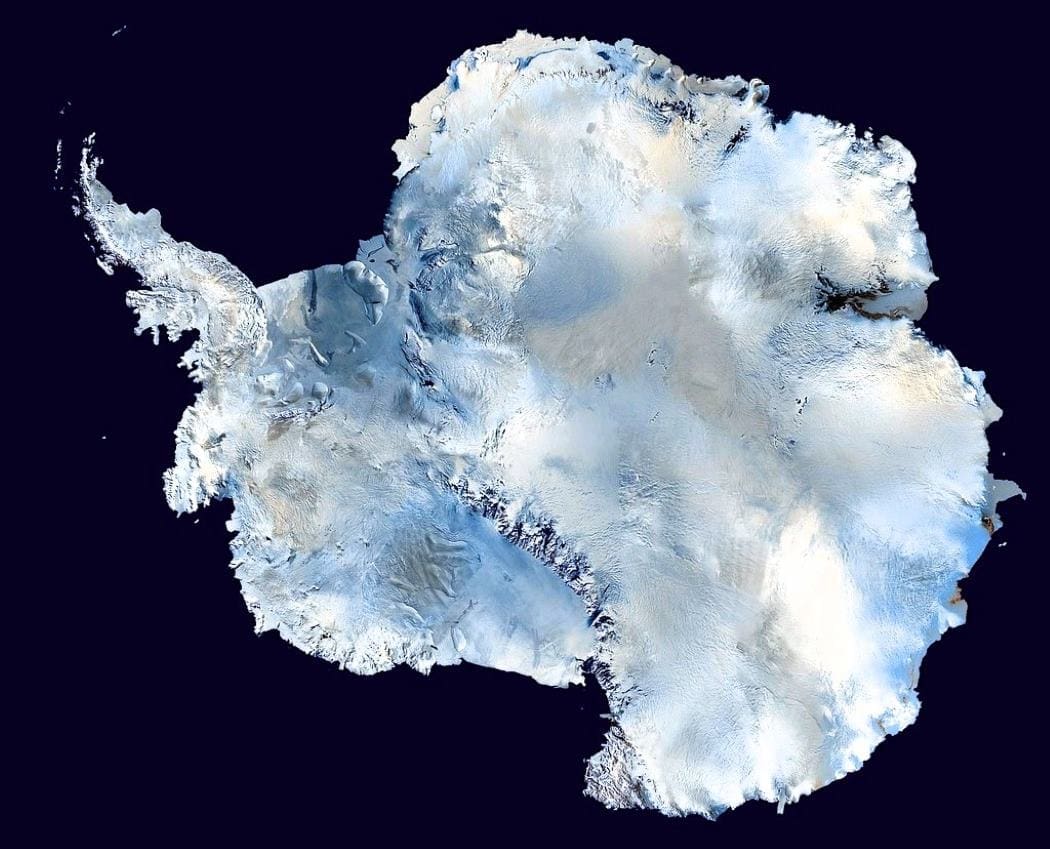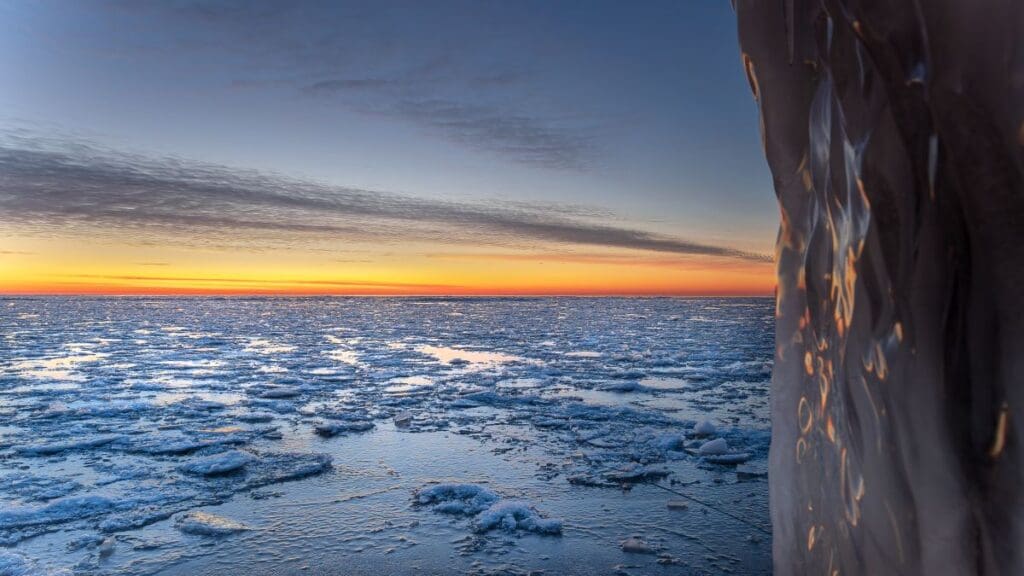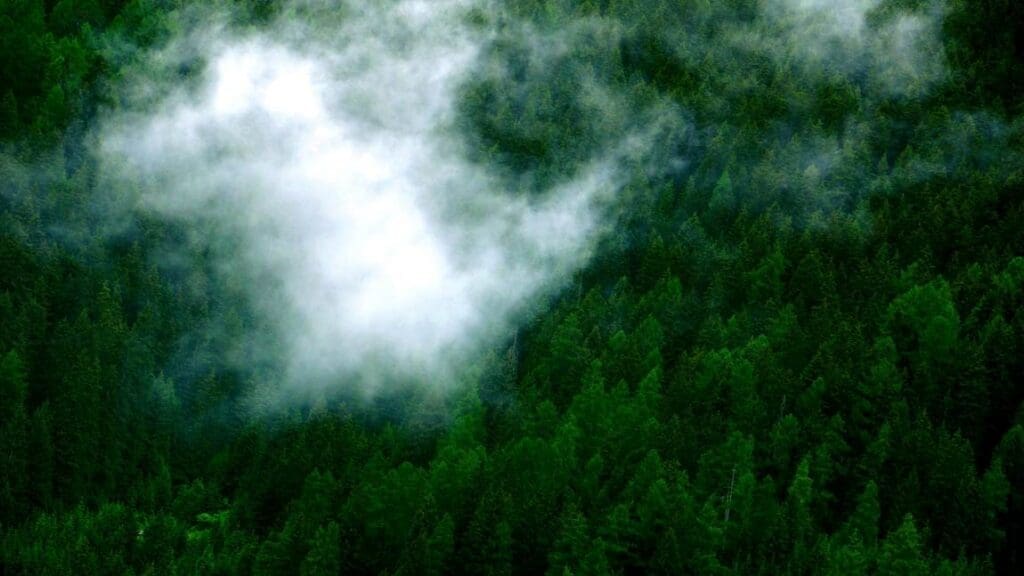Summary:
New research published in Science Advances reveals the remarkable processes behind Earth’s current ‘icehouse’ state, where ice caps grace our planet’s poles.
In a study led by Dr. Andrew Meredith from the University of Leeds and supervised by Professor Benjamin Mills, scientists developed a pioneering Earth Evolution Model that integrates multiple cooling mechanisms. Their findings suggest that Earth’s rare transition into an icehouse climate was not triggered by a single factor, but rather by a unique combination of processes acting in concert. These include diminished volcanic CO₂ emissions, enhanced carbon sequestration through silicate weathering, and a continental configuration that fosters extensive precipitation and weathering reactions.
This synergistic interplay drastically lowered atmospheric CO2 levels over the past 34 million years, paving the way for ice cap formation – a climate state that is exceptional in Earth’s predominantly greenhouse history. The study not only resolves a longstanding debate in Earth sciences but also underscores the delicate balance of our planet’s climate system.
By unraveling these ancient mechanisms, researchers provide critical insights into natural climate regulation, offering valuable perspectives on how modern global warming might interact with Earth’s inherent climatic tendencies. These revelations mark a breakthrough for climate science.

Research reveals how Earth got its ice caps
The cool conditions which have allowed ice caps to form on Earth are rare events in the planet’s history and require many complex processes working at once, according to new research.
A team of scientists led by the University of Leeds investigated why Earth has existed in what is known as a ‘greenhouse’ state without ice caps for much of its history, and why the conditions we are living in now are so rare.
They found that Earth’s current ice-covered state is not typical for the planet’s history and was only achieved through a lucky coincidence.
Many ideas have previously been proposed to explain the known cold intervals in Earth’s history. These include decreased CO2 emissions from volcanoes, or increased carbon storage by forests, or the reaction of CO2 with certain types of rocks.
The researchers undertook the first ever combined test of all of these cooling processes in a new type of long-term 3D model of the Earth which was first developed at the University of Leeds. This type of Earth Evolution Model has only recently been made possible through advances in computing.
They concluded that no single process could drive these cold climates, and that the cooling in fact required the combined effects of several processes at once.
The findings will help to reconcile a debate in the Earth Science community about which processes were responsible for driving these cold periods.
Lead author, Dr Andrew Meredith, who carried out the research while working in the School of Earth and Environment at the University of Leeds, said the study helped to explain why icehouse states are so rare.
“We now know that the reason we live on an Earth with ice caps – rather than an ice-free planet – is due to a coincidental combination of very low rates of global volcanism, and highly dispersed continents with big mountains, which allow for lots of global rainfall and therefore amplify reactions that remove carbon from the atmosphere,” he explained.
“The important implication here is that the Earth’s natural climate regulation mechanism appears to favour a warm and high-CO2 world with no ice caps, not the partially glaciated and low-CO2 world we have today.
“We think this general tendency towards a warm climate has helped prevent devastating ‘snowball Earth’ global glaciations, which have only occurred very rarely and have therefore helped life to continue to prosper.”
Benjamin Mills, Professor of Earth System Evolution in Leeds’ School of Earth and Environment, supervised the project. He added that the results of the research had important implications for global warming and the immediate future.
“There is an important message, which is that we should not expect the Earth to always return to a cold state as it was in the pre-industrial age,” he said.
“Earth’s current ice-covered state is not typical for the planet’s history, but our current global society relies on it.
“We should do everything we can to preserve it, and we should be careful with assumptions that cold climates will return if we drive excessive warming before stopping emissions. Over its long history, the Earth likes it hot, but our human society does not.”
Journal Reference:
Andrew S. Merdith et al., ‘Phanerozoic icehouse climates as the result of multiple solid-Earth cooling mechanisms’, Science Advances 11, eadm9798 (2025). DOI: 10.1126/sciadv.adm9798
Article Source:
Press Release/Material by University of Leeds
Featured image credit: Pixabay




